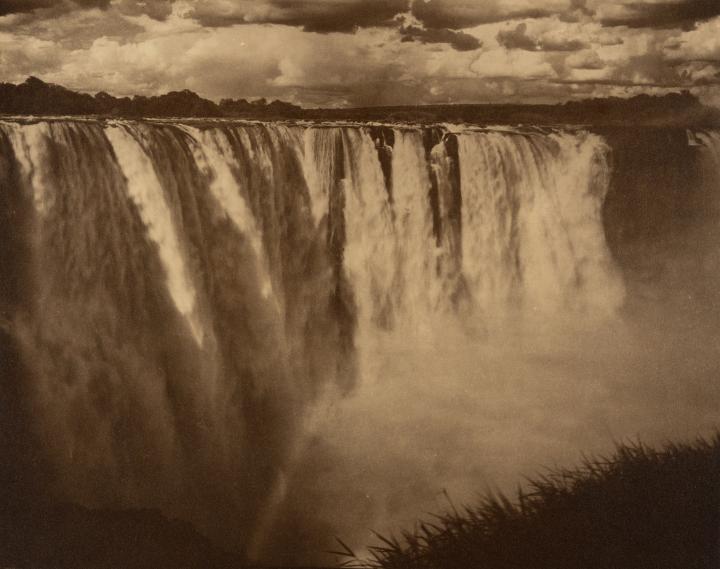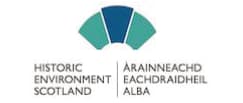History Timeline
In a lifetime of hard work, dedication to a cause and the exploration of a largely unknown continent there are thousands of events which together tell the story of a remarkable man.
While this timeline gives only the briefest introduction, the David Livingstone Birthplace Digital Learning Zone has much more information for those who want to learn more about the life of this Victorian hero.
1813: Birth of David Livingstone
1823: Early Work and Education
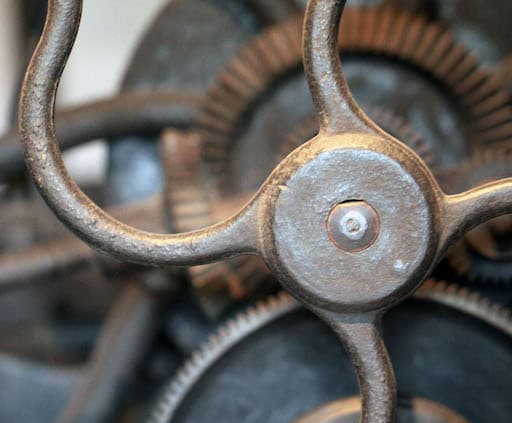
1836: Medical Studies
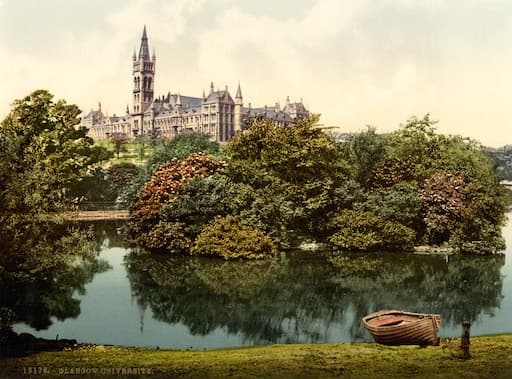
1838: Missionary Training
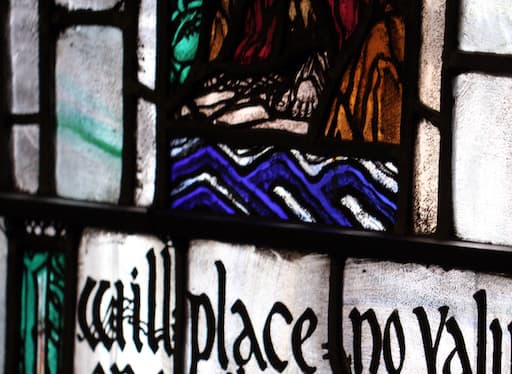
1841: Arrives in South Africa
On 15 March, Livingstone arrives in South Africa to begin his life’s work.1845: Marriage
1855: “The Smoke that Thunders”
